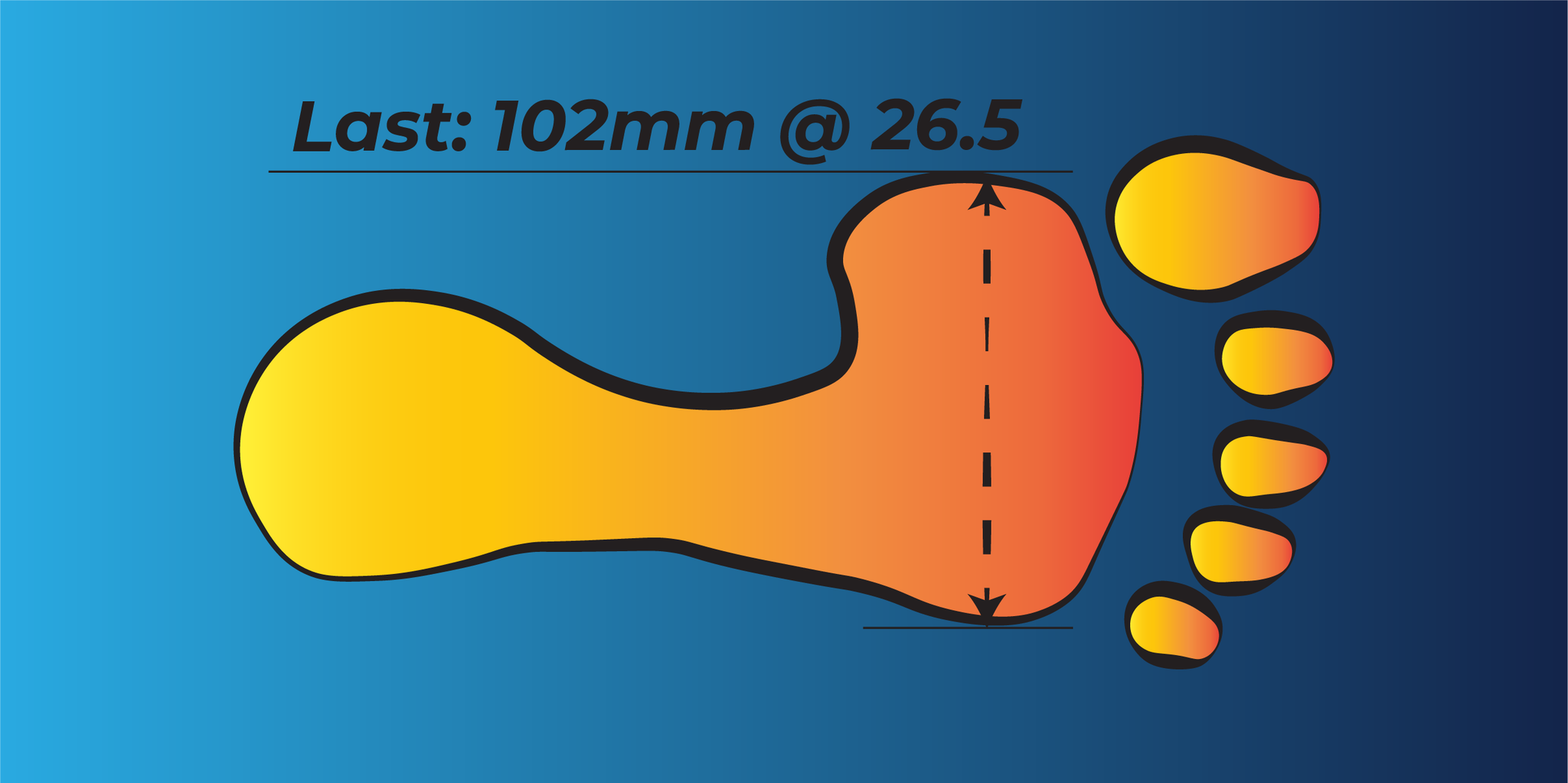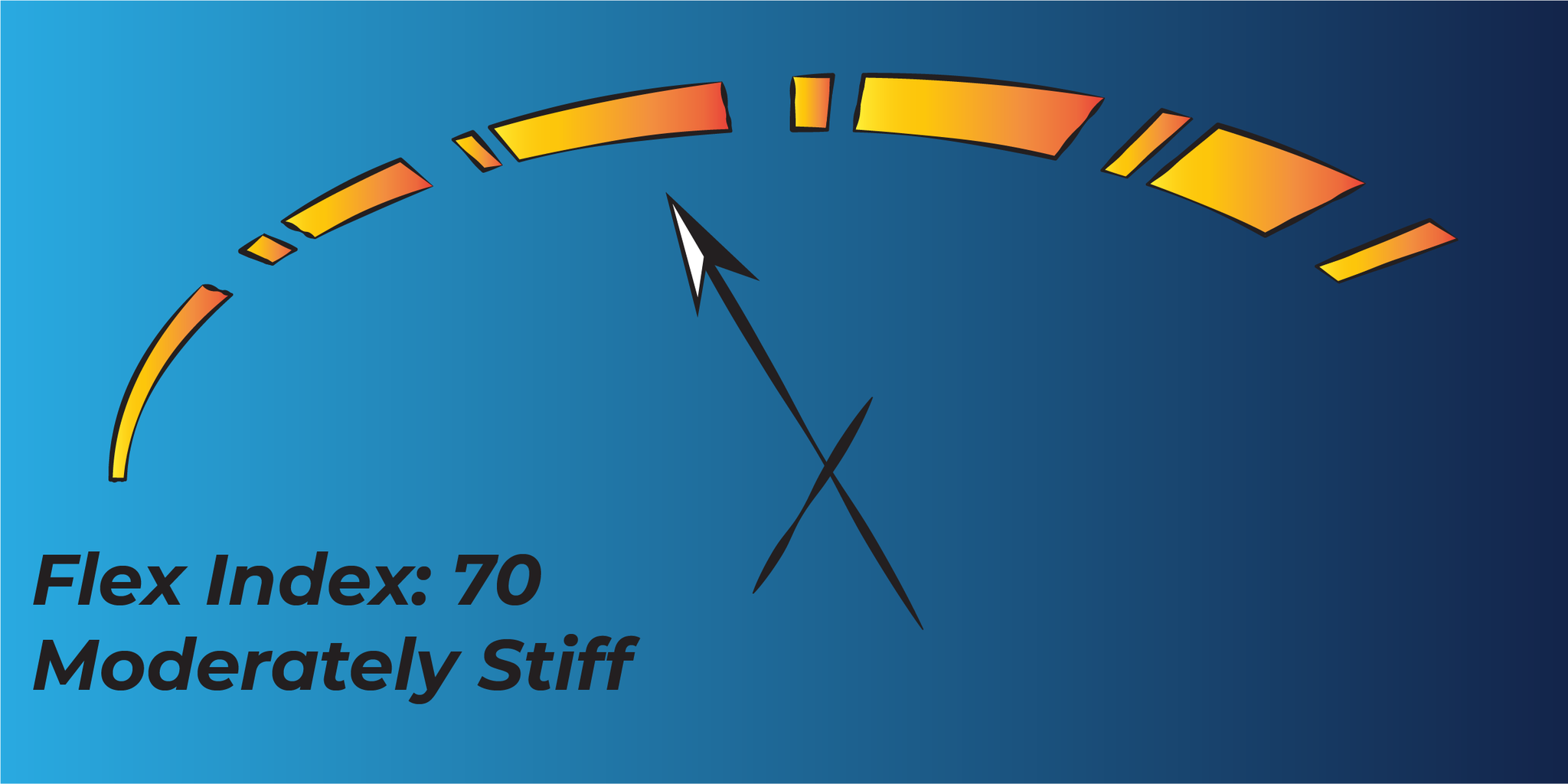2025 Rossignol ALLTRACK 70 W
A releasable cuff offers a natural range of motion for hiking, and the Generative Design Grid shell is engineered for reduced weight and full power transmission to handle all conditions. The 102mm last and custom liner offer all-day comfort for exploring the whole mountain.
Regular Fit
Women's-specific regular fit features a 102mm last for recreational skiing and all-day comfort
Lightweight, Full Power
Generative Design Grid minimizes boot wall thickness for the most effective use of material to reduce weight and enhance power transfer
Better Skiability, Better Fit
Dual Core technology provides targeted power transmission and shell wrapping, resulting in livelier rebound, response and control
Optimized Hike Mode
The lower boot shell is designed to offer a 50-degree range of motion in walk mode for efficient touring and maximum power for skiing when in ski mode
Women's-Specific Fit
The shorter, tulip-shaped cuff eliminates pressure around the shin and calf muscle for increased comfort and performance
Custom Comfort and Precision
Full custom liners are 100% customizable for enhanced comfort, precision and performance
GRIPWALK® Compatible (sold separately)
GRIPWALK® soles feature a rubber tread and rockered toe for a more natural walking motion and increased traction
Flex Index
- Flex Index is how much effort or work is required to move the cuff of the ski boot forward while the lower shell is stationary; typically retained by the binding. This number can be anything from 50 or 60 to 130+ (or even 1 - 10). There is no standard for this number across the ski boot industry and the ‘Flex Index’ is not based on any metric like newton-meters, foot-pounds, or Pascals. Even within within any given manufacture’s line-up, a boot with a Flex Index of 110 might not be the same as another boot with the same rating. The main thing to remember is that the higher the number, the stiffer the boot. The Flex Index should only be used as just one general factor in choosing a ski boot.
- Your style of skiing, experience, level of skiing, terrain, use, height, mass, and personal preference all play a role in helping you pick the stiffness of your boot. A World Cup racer or an advanced/expert skier that prefers making precision turns at high speeds requiring techniques using a lot of tip pressure might need a stiffer boot. On the other hand, someone who hits the slopes every weekend with her family or Patrols three days a week might prefer a more moderate flex.
Last
- ‘Last’ is a metric that describes the width of your foot at its widest point, which is typically at the forefoot or the ball of your foot. This will be represented in millimeters: i.e: 102mm. This is a critical consideration, because going up a size in a boot will move the widest part of the boot forward while the widest part of your foot will be kept reward. As you can gather, going up a size is not an option.
*For a comprehensive explanation on ski boot fitment, please visit the link below:
Ski Boot Fitting
Alpine
- Our Alpine ski boots are designed for maximum control and performance for downhill alpine skiing. These boots will be not be optimal for touring/skinning as the cuff is typically fixed, keeping you in a natural ski position. These boots are designed to work with any Alpine DIN binding. Alpine DIN bindings must be installed, adjusted, and function tested by a certified binding technician.
*If you’re unsure if your boots and bindings are compatible, please have a qualified technician give them a tactile and visual inspection.











